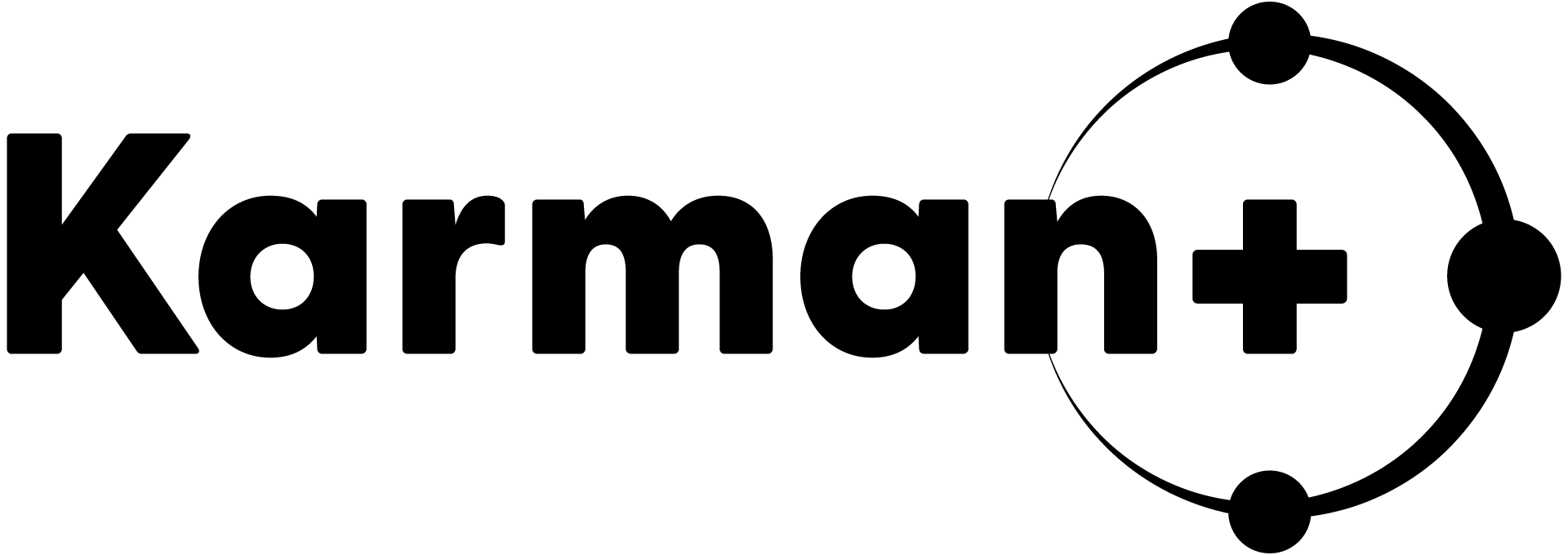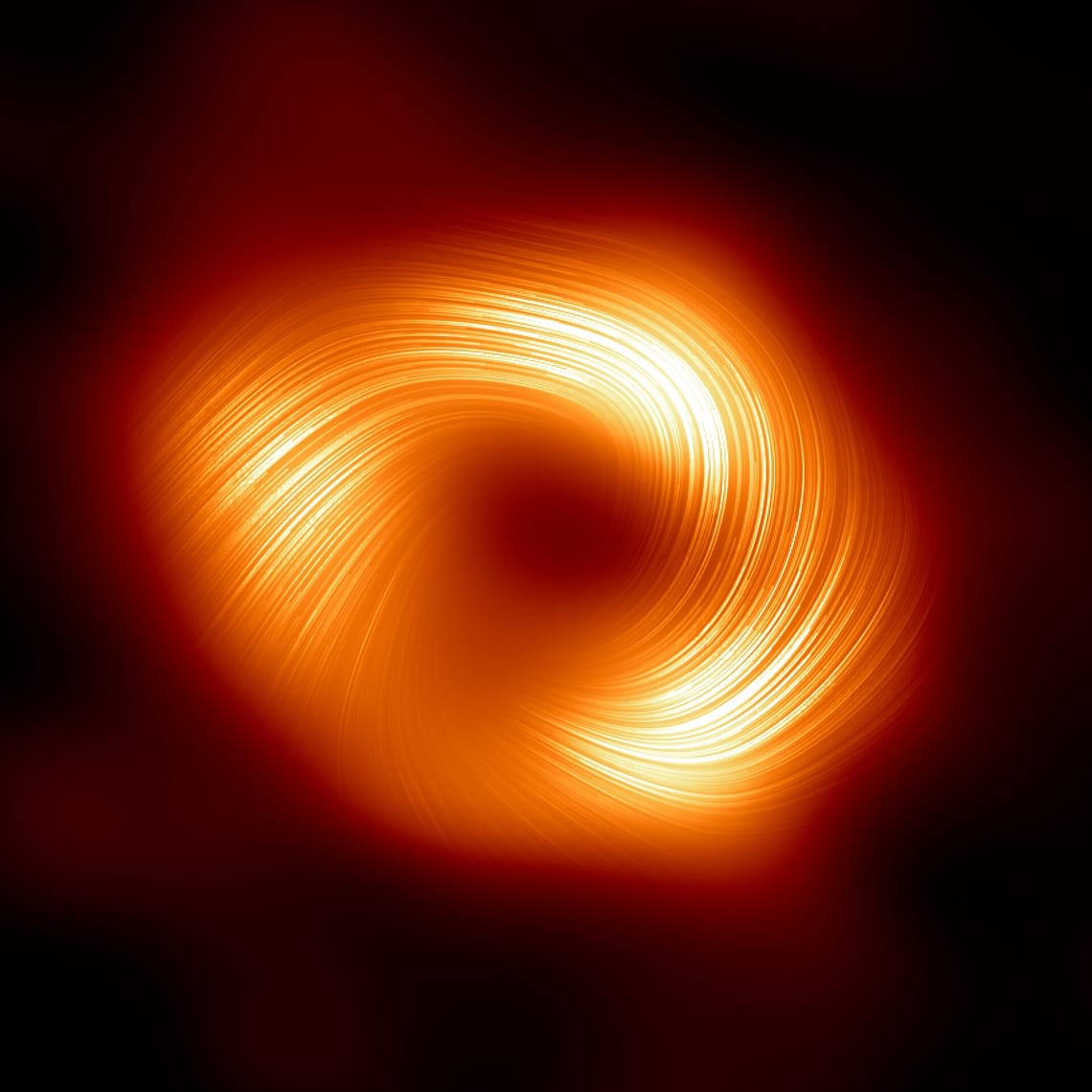Technical Dispatches, as related by the team behind Karman+, are intended to bring readers behind the scenes and into the research. In this edition, Curtis (Asteroid Extraction Engineer) digs into the intellectual and logistical challenges Karman+ will navigate on the path to near-zero gravity excavation.
Karman+ is on a course to excavate material from asteroids, the small bodies of our solar system. On the surface the goal of picking up rocks doesn’t appear to be a daunting task. Indeed, most of us have spent time playing with sand at the beach, digging holes in the garden, and on a larger scale, witnessing heavy equipment moving piles of earth. How soil and other granular material respond to a shovel or scoop is something that all humans intrinsically understand, even when they aren’t thinking about the physics of granular mechanics.
How much do humans rely on gravity for excavation?
But here’s the challenge. Ask anyone to propose a plan for how to take that series of simple actions off planet, onto the surface of an asteroid and achieve it with unmanned technology and unknown materials and they will more than likely run into a number of mental obstacles even before grappling with the facts of gravity. It’s true, we typically don’t think about how much we leverage the force of Earth’s gravity during excavation. And we don’t need to. But the story changes in space.
When we sent astronauts to the Moon, they initially struggled to perform basic tasks in low gravity. Astronauts had to learn to walk or skip across the surface and they also had to learn how to take samples. The astronauts, whose digging methods had been learned on Earth, kicked up excessive material and did not account for the reactive forces exerted on their bodies.
Fortunately, humans learn quickly, and digging on the Moon was not an insurmountable challenge. Within a few hours, astronauts understood how to move their bodies in their bulky suits to maneuver on the Moon and to collect regolith and lunar rocks. Ultimately, a total of 382 kg of lunar material was returned over the course of the Apollo program, making it a successful lunar mining campaign.
What can we learn from OSIRIS-REx and Hayabusa 1 & 2
As Karman+ excavates asteroids, we are going to encounter a new learning curve. The gravity of the asteroids Itokawa, Ryugu and Bennu are each less than 0.00001 m/s2 , which is orders of magnitude less than the gravity on the Moon at about 1.62 m/s2. And yet, the space agencies NASA and JAXA have already successfully excavated material from these small bodies. Although contact time with the surface is brief — measured in seconds— a wealth of information has been learned about the granular mechanics of these bodies and how the spacecraft responds to forces on small bodies. For instance, we now know how cohesion forces influence sample capture dynamics in an extremely low-gravity environment. Such insights help us think about how to design excavation technology that can scale.
Each spacecraft interacted with its respective asteroids using a different sample recovery method. The Hayabusa missions used a projectile that impacted the surface of the asteroid, and the resulting forces pushed some asteroid material up into the Hayabusa sample capture device. Hayabusa captured less than 1 gram of material, while Hayabusa2 successfully recovered 5.4 grams [2,3]. On the other hand, the OSIRIS-REx mission used pressurized nitrogen to briefly generate a gas flow which mobilized material into the Touch and Go Sample Acquisition Mechanism(TAGSAM). OSIRIS-REx is estimated to bring home approximately ~0.6 to 2 kg of material [1]. Each time we visit an asteroid, our sample collections yield more material and we learn more about how asteroids respond to force application.
However, it is important to note that these were not asteroid mining missions; they were asteroid sample return missions. Gathering a small sample of anything to be analyzed is a much different endeavor than gathering a large volume of material that must be processed and refined for particular product uses. So, what can an asteroid mining company like Karman+ learn from the Hayabusa and OSIRIS-REx missions? Plenty. The first major takeaway is the presence of large debris fields immediately following sample collection. The debris field has been observed in the Hayabusa2 and OSIRIS-REx sample collection missions and it tells us we have a lot to consider in terms of capture efficiency in a mining-based mission versus a sample collection mission.
The resulting impact energy during the Hayabusa2 mission and the release of nitrogen gas under pressure during the OSIRIS-Rex mission certainly mobilized material — and more than enough of it to collect samples. But only fractions of the mobilized materials were captured, leaving most of the material lost to the debris fields. A clear indication that the surface is sensitive to mechanical forces.
The debris fields were not unexpected given the low gravity; however, the very low grain cohesion was an unexpected surprise. Specifically, in the case of Bennu, an estimated 6,000 kg of material was mobilized by nitrogen gas [1]. For a fun bit of context, that’s about the same weight as an elephant! These two missions have proven that even weak forces are sufficient to move mass material in a low gravity and low cohesion environment. An important tip for aspiring mass mining operations.
During the OSIRIS-REx descent on Bennu, the asteroid’s surface yielded a reactive force of 15N [1]. This is so low that the spacecraft traveled nearly 0.48m into the surface of Bennu before releasing the stored nitrogen gas[1]. The grains of Bennu were simply moving out of the way of the spacecraft with very little resistance, implying very low grain cohesion. During this descent, some boulders were also observed to be friable or easily crumbled under the inertia of the spacecraft coming into contact with Bennu, while other boulders stayed intact and moved in response to the spacecraft. This shows that the strength of asteroid material on Bennu has a wide range, but some boulders may disaggregate under low forces.
Friable boulders could be useful to a mining operation. Breaking large rocks into small rocks is an energy-intensive process on Earth, primarily due to the strength of Earth rocks. But we’ve seen that C-Type asteroids may offer some efficiencies and simplification. It’s plausible that some C-type asteroids are weak and will disaggregate under light forces. Both Ryugu and Bennu yielded surface conditions with far more boulders than expected, an unfavorable surface condition for a mining operation. However, if the boulders are friable, this opens a path to excavation and material beneficiation that may not have been considered an option without the lessons learned from the OSIRIS-REx mission. Specifically, crushing a friable rock with limited energy becomes possible during a return trip. This ‘dead time’ can now be used to beneficiate or disaggregate, the feedstock for mineral processing.
Leveraging the Knowledge of Sample Return Missions Into the Karman+ Context
As Karman+ sets the ambitious goal of applying the knowledge learned in the Hayabusa and OSIRIS-REx missions to asteroid mining, we must be persistent in both our study of new data and our consideration of how the circumstances will differ for us. We shouldn’t solely rely on the missions that preceded us. But we should apply what we know because of them. We know that the number of small bodies humanity has explored through spacecraft is quite limited. We know that every new small body encountered yields unexpected discoveries. That means we can also expect the first Karman+ target asteroid will also not be what we expected. Perhaps the asteroid is covered in fine dust, maybe jagged boulders, or the remote sensing may have misidentified the asteroid type. We face any number of unknowns, and we must operate with that uncertainty.
To reduce risk and improve the odds of a successful mining campaign Karman+ is performing a robust testing regime. Granular DEM software allows us to predict different mining results on a number of different scenarios while still operating in a near-zero gravity environment. Once we are satisfied with our simulations, prototypes will be constructed and tested in Zero-Gravity Drop Towers or Zero-Gravity flights. The hardware components we bring aboard our spacecraft won’t necessarily be new, but interacting with alien material in near-zero gravity is still a novel concept that requires due diligence. Developing and testing our excavation equipment is an indispensable part of our work.
This dispatch scarcely covers the immense amount of data from the Hayabusa and OSIRIS-REx missions. These missions provide valuable insights into grain cohesion and the strength of B-type and C-type asteroids, both of which can be leveraged to build excavation equipment that scales. Thus, these asteroid sample return missions are helping Karman+ develop excavation equipment with a high probability of success for our mining campaign in near-zero gravity. It’s unlikely that our first target is a direct match to the conditions found on Ryugu and Bennu, but the knowledge gained can be leveraged to successfully bring home our first commercial sample.
References
- Lauretta et al., 2022 D. S. Lauretta and C. D. Adam and A. J. Allen and R.-L. Ballouz and O. S. Barnouin and K. J. Becker and T. Becker and C. A. Bennett and E. B. Bierhaus and B. J. Bos and R. D. Burns and H. Campins and Y. Cho and P. R. Christensen and E. C. A. Church and B. E. Clark and H. C. Connolly and M. G. Daly and D. N. DellaGiustina and C. Y. Drouet d’Aubigny and J. P. Emery and H. L. Enos and S. Freund Kasper and J. B. Garvin and K. Getzandanner and D. R. Golish and V. E. Hamilton and C. W. Hergenrother and H. H. Kaplan and L. P. Keller and E. J. Lessac-Chenen and A. J. Liounis and H. Ma and L. K. McCarthy and B. D. Miller and M. C. Moreau and T. Morota and D. S. Nelson and J. O. Nolau and R. Olds and M. Pajola and J. Y. Pelgrift and A. T. Polit and M. A. Ravine and D. C. Reuter and B. Rizk and B. Rozitis and A. J. Ryan and E. M. Sahr and N. Sakatani and J. A. Seabrook and S. H. Selznick and M. A. Skeen and A. A. Simon and S. Sugita and K. J. Walsh and M. M. Westermann and C. W. V. Wolner and K. Yumoto Spacecraft sample collection and subsurface excavation of asteroid (101955) Bennu Science, 377 (6603), pp. 285-291 https://www.science.org/doi/abs/10.1126/science.abm1018
- Tsuchiyma, 2011 Tsuchiyama, A., Uesugi, M., Matsushima, T., Michikami, T., Kadono, T., Nakamura, T., Uesugi, K., Nakano, T., Sandford, S. A., Noguchi, R., Matsumoto, T., Matsuno, J., Nagano, T., Imai, Y., Takeuchi, A., Suzuki, Y., Ogami, T., Katagiri, J., Ebihara, M., Ireland, T. R., Kitajima, F., Nagao, K., Naraoka, H., Noguchi, T., Okazaki, R., Yurimoto, H., Zolensky, M. E., Mukai, T., Abe, M., Yada, T., Fujimura, A., Yoshikawa, M., and Kawaguchi, J. (2011) Three-Dimensional Structure of Hayabusa Samples: Origin and Evolution of Itokawa Regolith, Science, v. 333(6046), p. 1125-1128, doi: 10.1126/science.1207807
- Yada et al., 2022 Yada, T., Abe, M., Okada, T. et al. Preliminary analysis of the Hayabusa2 samples returned from C-type asteroid Ryugu. Nat Astron 6, 214–220 (2022). https://doi.org/10.1038/s41550-021-01550-6




